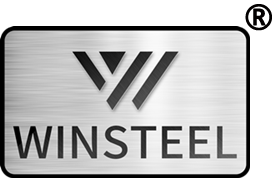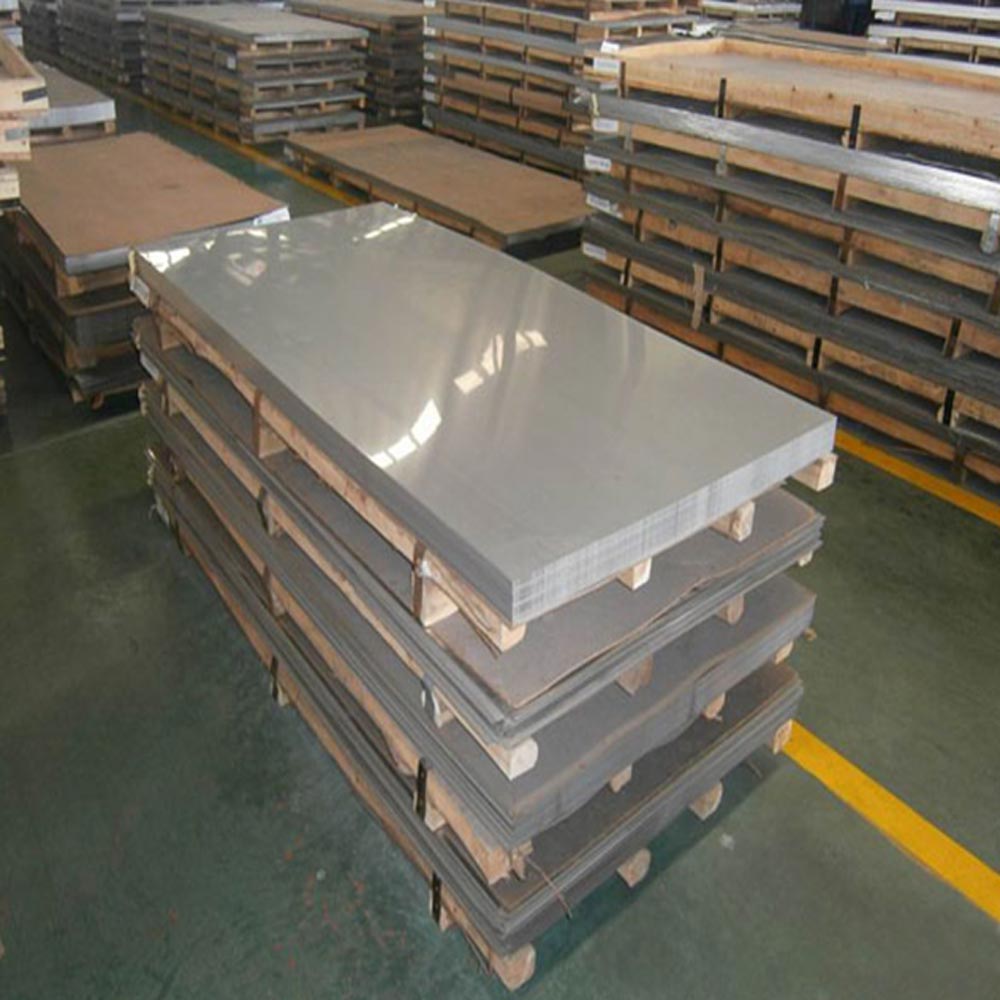The production process of stainless steel plates involves several stages, including melting, casting, rolling, annealing, and finishing. Here is a general overview of the typical production process:
- Melting: The production process begins with melting the raw materials, which typically include iron ore, chromium, nickel, and other alloying elements. These materials are melted in an electric arc furnace or an induction furnace at high temperatures.
- Casting: Once the molten steel reaches the desired composition and temperature, it is poured into molds to create large slabs or billets. These molds can be continuous casting machines or ingot molds, depending on the desired size and shape of the stainless steel plates.
- Rolling: The cast slabs or billets are then reheated and passed through a series of rolling mills to reduce their thickness and shape them into the desired dimensions. This process is known as hot rolling and involves applying high pressure to the steel between sets of rollers. The steel is repeatedly passed through the rollers until it reaches the desired thickness.
- Annealing: After hot rolling, the stainless steel plates undergo annealing, which is a heat treatment process. Annealing helps to relieve internal stresses and improve the mechanical properties of the steel. The plates are heated to a specific temperature and then slowly cooled to enhance their strength, hardness, and ductility.
- Finishing: Following annealing, the stainless steel plates may undergo various finishing processes to achieve the desired surface finish. These processes can include pickling, which removes scale and impurities from the surface, and descaling, which smoothens the plate’s surface. The plates may also undergo surface grinding or polishing to enhance their aesthetic appearance.
- Inspection and Quality Control: Throughout the production process, the stainless steel plates are inspected to ensure they meet the required quality standards. This includes checking for dimensional accuracy, surface defects, and mechanical properties. Plates that do not meet the specified criteria are either reworked or rejected.
- Cutting and Shearing: Once the plates are deemed suitable for use, they are cut and sheared into the desired sizes and shapes. This can be done using various cutting methods, such as plasma cutting, laser cutting, or mechanical shearing.
- Final Inspection and Packaging: The finished stainless steel plates undergo a final inspection to verify their quality and specifications. They are then carefully packaged to protect them during storage and transportation.
It’s important to note that the specific production process may vary depending on the manufacturer, the type of stainless steel being produced, and the intended application of the plates. Additionally, additional processes such as cold rolling, leveling, or surface coating may be employed depending on the desired properties and characteristics of the stainless steel plates.

